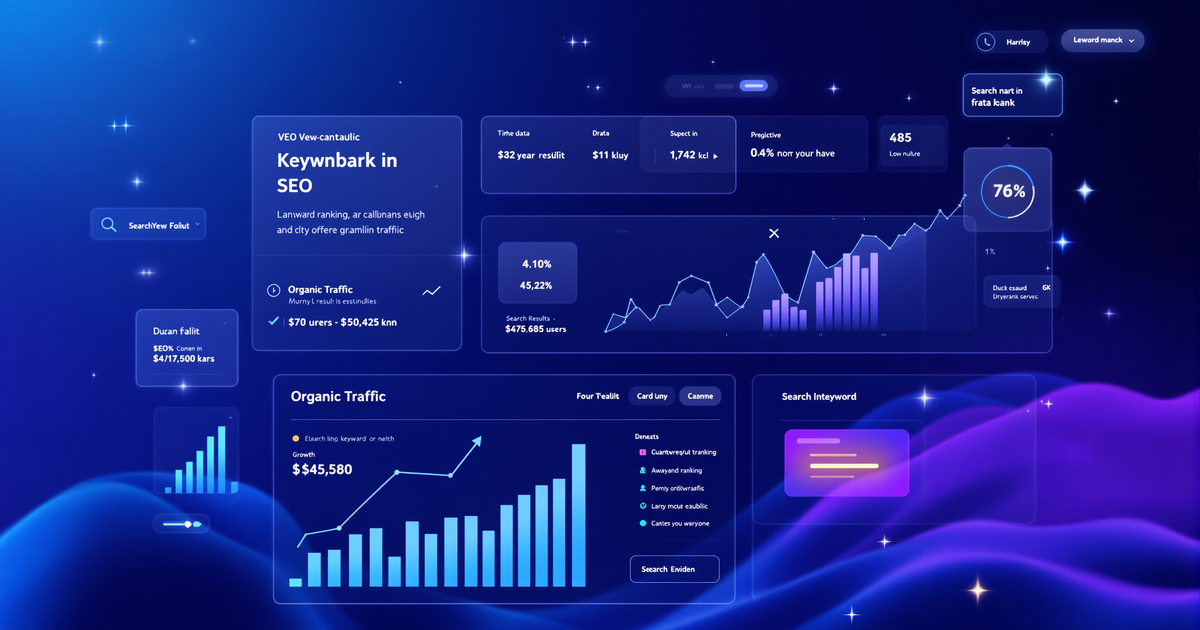Your Ultimate Digital Marketing Policy Guide for 2025
Did you know nearly half of businesses still operate without a clear digital marketing plan—undermining their effectiveness and leaving growth on the table? In an era where AI, data privacy, and omnichannel experiences are redefining the digital landscape, a well-crafted digital marketing policy isn’t just best practice—it’s a business imperative.
What Is a Digital Marketing Policy?
A digital marketing policy is a formal framework that governs how your organization manages, implements, and evaluates all digital marketing activities. It provides essential clarity on:
- Roles and responsibilities
- Channels and platforms to prioritize
- Content standards and brand consistency
- Data privacy and compliance protocols
- Measurement and optimization routines
With digital touchpoints multiplying and regulations tightening, such a policy ensures your marketing is consistent, compliant, and perfectly aligned with your business goals.
Why Policy Development Is a 2025 Priority
1. Navigating Complexity
The digital ecosystem is incredibly complex. Social media, search, email, video, and new technologies like voice and visual search all demand tailored approaches. Without a unified policy, marketing efforts become fragmented, budgets are wasted, and brand messaging suffers.
2. Adapting to Rapid Change
Emerging technologies—particularly AI, machine learning, and generative AI—are transforming personalization, automation, and analytics. Therefore, policy development enables your team to adapt swiftly, ensuring ethical, effective, and innovative campaign execution.
3. Ensuring Data Privacy & Compliance
With stricter data privacy laws and heightened consumer expectations, businesses must adopt transparent, secure data practices as a policy—not an afterthought. Failure to comply risks not just hefty fines, but also brand reputation.
4. Building Trust and Consistency
A solid policy ensures your messaging, content, and customer interactions are on-brand and reliable, regardless of channel or team member. Ultimately, this consistency builds trust—a currency more valuable than ever in 2025.
Core Components of an Effective Digital Marketing Policy
1. Strategic Objectives & KPIs
- Define marketing’s role in achieving business objectives.
- Set clear, measurable KPIs for each digital channel (e.g., lead generation, brand engagement, sales conversions).
2. Channel Governance
- Prioritize platforms that align with your audience and goals (e.g., Instagram for Gen Z, LinkedIn for B2B).
- Establish guidelines for new and emerging platforms, such as voice and visual search.
3. Content Standards
- Document tone, style, and quality benchmarks.
- Outline approval workflows to ensure all content meets brand and legal standards.
4. Data Management & Compliance
- Detail how customer data is collected, stored, and used.
- Ensure regulations like GDPR, CCPA, and others are addressed.
- Assign clear data protection responsibilities.
5. Technology & Tools
- Specify approved MarTech solutions for automation, analytics, and campaign management.
- Include protocols for integrating AI and machine learning safely and effectively.
6. Measurement & Optimization
- Define what success looks like for each tactic.
- Establish regular review cycles to analyze performance, identify gaps, and optimize campaigns.
7. Crisis Communication & Brand Protection
- Prepare guidelines for managing negative feedback, social media crises, or data breaches.
- Include escalation paths and approved response templates.
Actionable Steps to Develop Your Digital Marketing Policy
- Step 1: Audit Your Current Digital Landscape
First, map out all current digital channels, tools, and content assets. Then, identify gaps in compliance, consistency, or performance.
- Step 2: Involve Key Stakeholders
Next, bring in representatives from marketing, legal, IT, and sales to solicit feedback from those implementing campaigns day-to-day.
- Step 3: Prioritize Based on Business Goals
Always align your policy to what drives growth, whether it's brand awareness, lead generation, or customer retention.
- Step 4: Draft, Review, and Iterate
Use templates but tailor them to your organization’s needs. Moreover, review with stakeholders and update regularly to reflect new trends and regulations.
- Step 5: Train and Communicate
Finally, ensure all team members understand and can execute the policy. Make resources and contact information easily accessible.
2025 Digital Marketing Policy Trends to Watch
- AI-Powered Personalization: Policies must address the ethical use of AI for hyper-targeted campaigns, ensuring transparency and value for the customer.
- Zero-Click Content: As search engines offer more direct answers, policies need to pivot content strategies for on-page visibility, not just click-throughs.
- Omnichannel Integration: Seamless customer journeys across devices require policy alignment to deliver a unified experience.
- Visual & Voice Search: Guidelines for optimizing content for non-text-based search are essential as adoption surges.
- Sustainability & Ethical Marketing: Modern consumers demand brands act responsibly; policies should include guidelines on sustainability messaging and ethical data use.
Common Mistakes to Avoid
- Lack of Flexibility: A good policy is structured but adaptable—update it as trends, platforms, and regulations evolve.
- Ignoring Cross-Departmental Insights: Siloed policies miss valuable input from sales, support, and compliance teams.
- Setting and Forgetting: Policies must be dynamic, reviewed at least quarterly to remain relevant and effective.
Take the Next Step: Future-Proof Your Marketing
In 2025, a digital marketing policy isn’t a ‘nice-to-have’—it’s the absolute foundation for sustainable growth. Ready to find out what’s missing in your marketing strategy? For more insights, check out our other marketing articles.
Take our FREE 3-minute marketing assessment and get a custom growth plan at CDM Suite!


